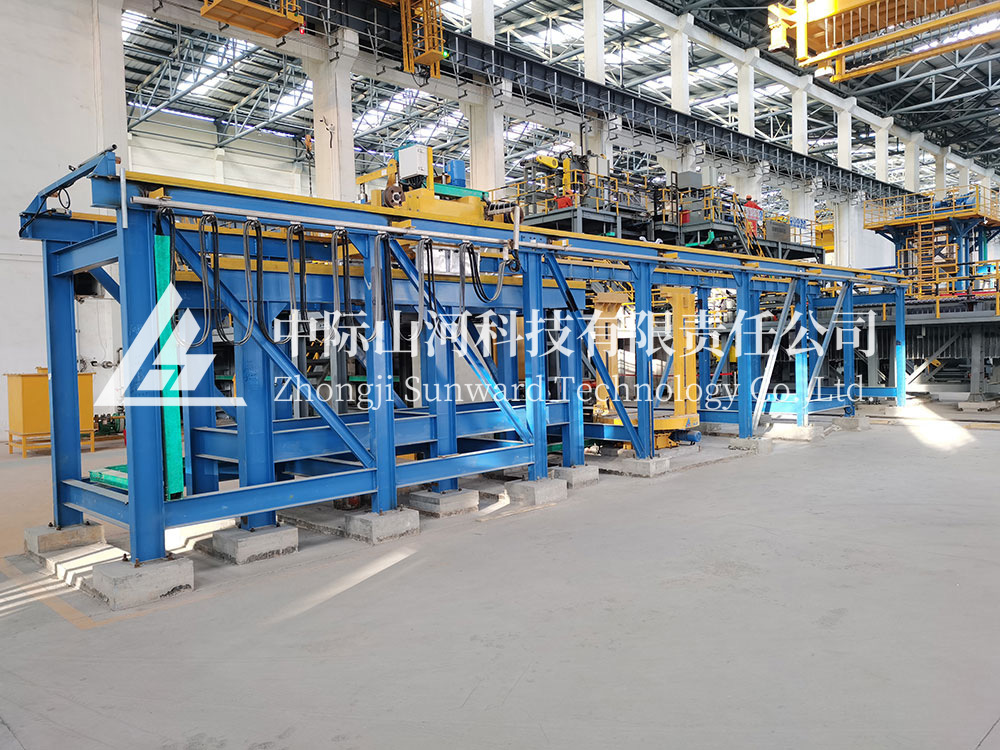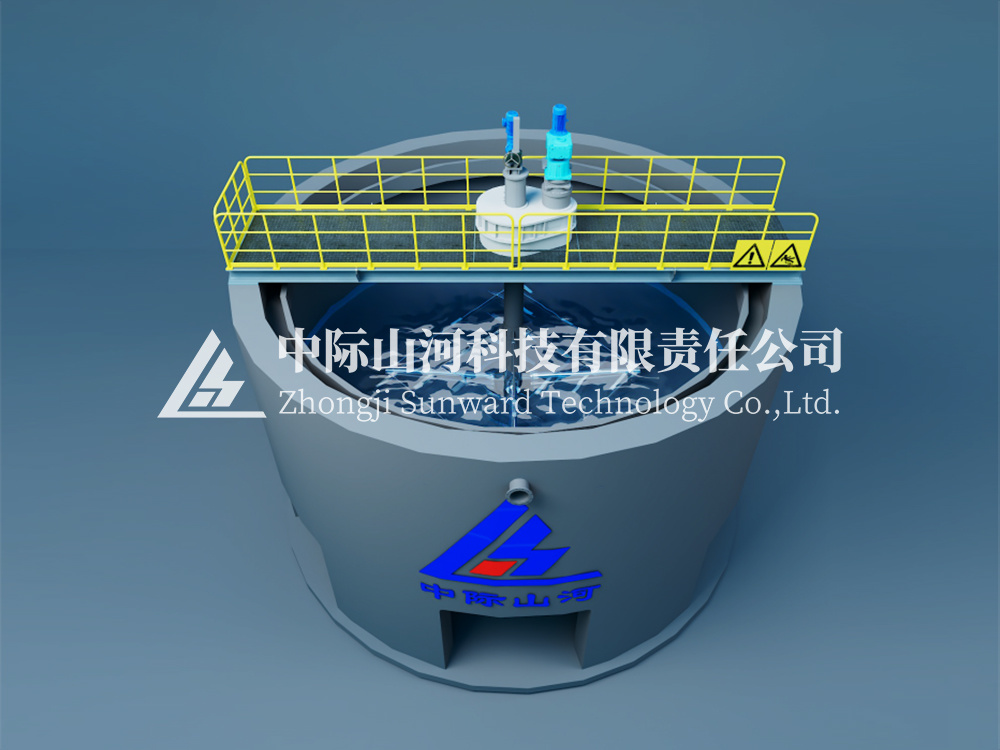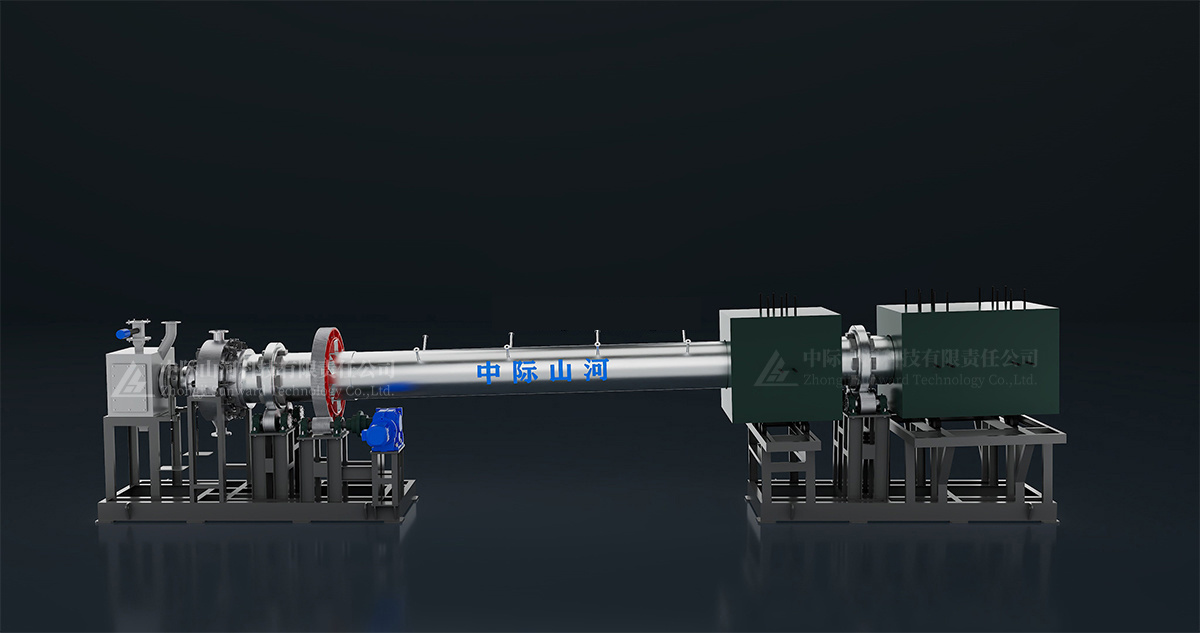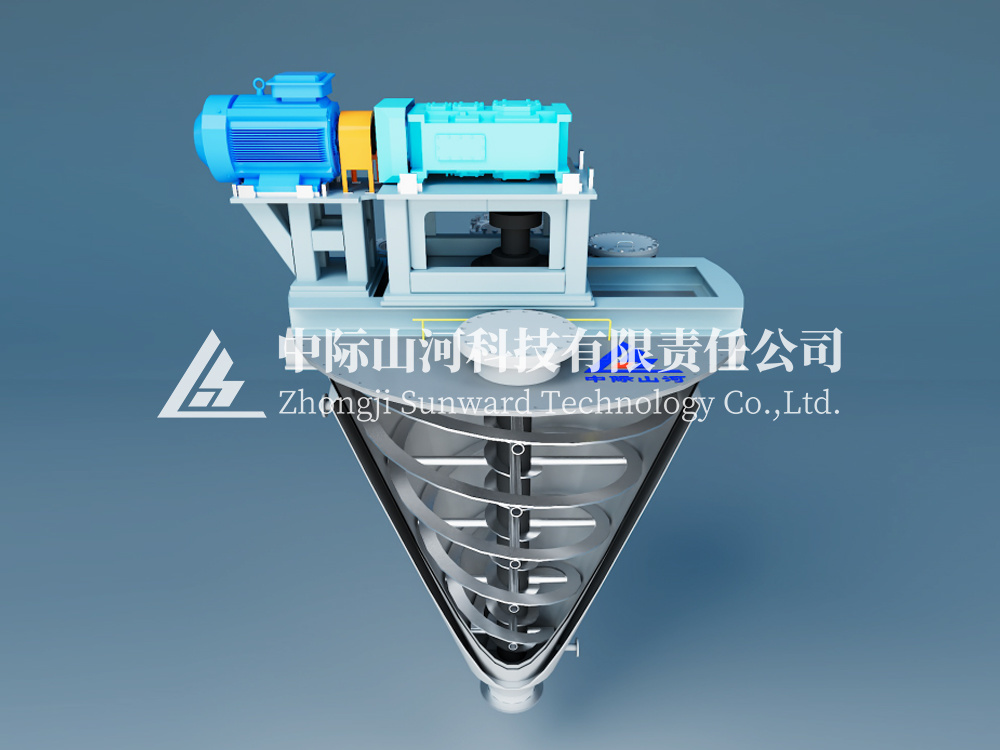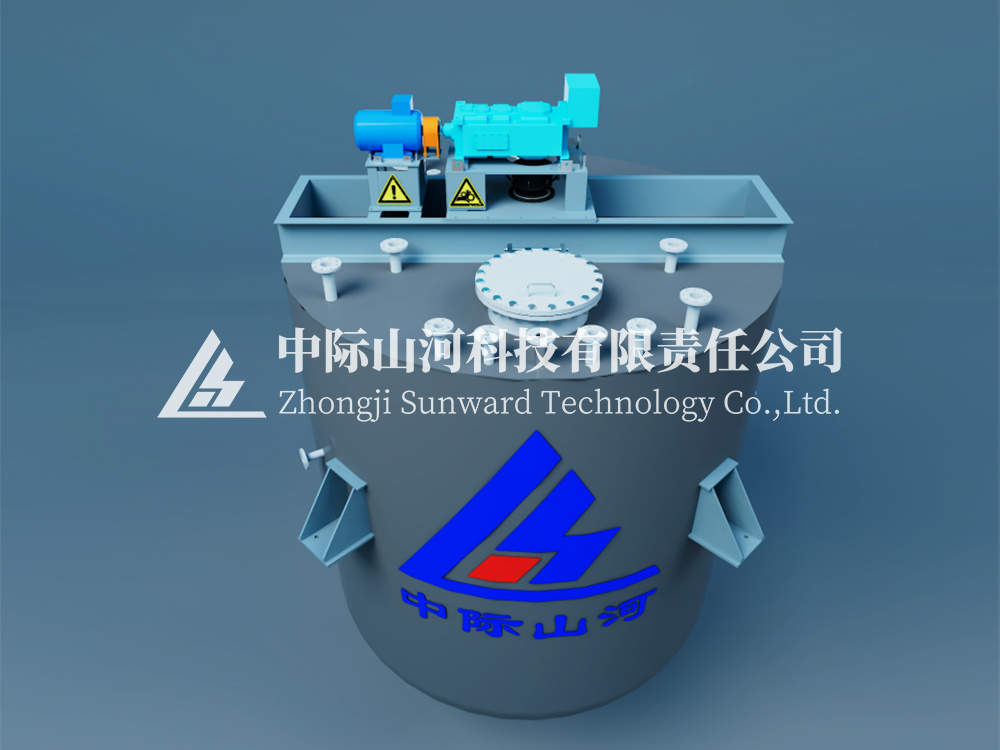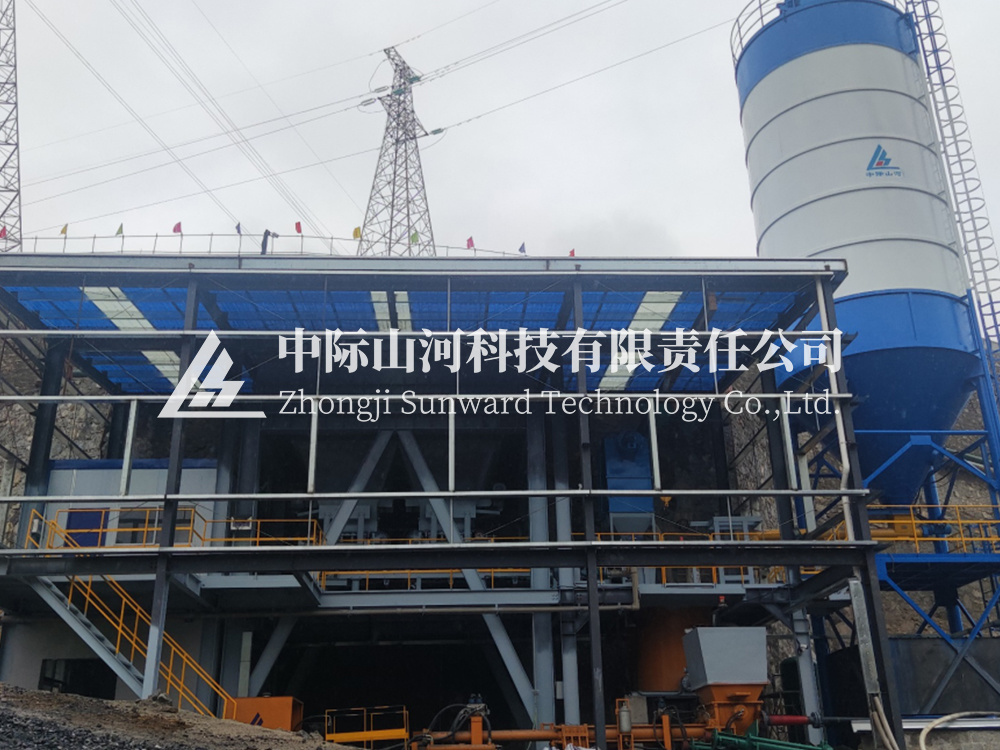The residual pole transfer unit is equipped with the acceptance, storage, transfer and output of the residual anode plate to the residual pole transport vehicle. The unit is mainly composed of No.1 transfer trolley, residual pole pile receiving plate rack, temporary storage rack, No.2 transfer trolley, transfer rail rack and electrical system.
Concentrator is a very important solid-liquid separation equipment in mineral processing plants, which is widely used in mining, mineral processing, metallurgy, chemical industry, alumina, environmental protection and water treatment industries, among which the application in mines is particularly important. The thickener has the advantages of high underflow concentration, large processing capacity, stable underflow concentration, and small footprint.
Energy-saving rotary kiln is a heavy-duty equipment that utilizes high-temperature treatment to achieve physical or chemical changes in materials of different compositions, which has different processing methods and processing temperatures such as volatile calcination, calcination, and drying to obtain corresponding results. Most common rotary kilns are used to process non-metallic materials, which are commonly found in building materials such as cement kilns. Some Furance is used for calcining limestone with oxidation reactions. In addition to temperature requirements, metallurgical kilns also emphasize the atmosphere factor inside the kiln based on the material processing process, which can be divided into oxidation reaction, reduction reaction (or chlorination reaction). The processing temperature ranges from 500 to 1300 ℃, and the operating conditions are more stringent and the process is stronger than cement kilns. Rotary kilns choose different kiln body structures based on different heat sources. For reduction reaction rotary kilns, due to strict atmosphere requirements, apart from differences in equipment on the kiln body, the sealing effect of the kiln head and tail is more important. The new energy-saving rotary kiln developed by our company breaks through the shortcomings of extensive and high energy consumption of traditional rotary kilns. It can save more than 50% of energy compared with conventional rotary kilns, helping enterprises significantly reduce production and operation costs.
Double spiral mixing and reaction Kettle
Specializing in the marginal development of specialized equipment and common technologies in the fields of mining, selection and metallurgy, it can provide customers with an overall solution integrating process testing, design and optimization, production equipment selection, system manufacturing and upgrading, and project EPC general contracting.
Specializing in the marginal development of specialized equipment and common technologies in the fields of mining, selection and metallurgy, it can provide customers with an overall solution integrating process testing, design and optimization, production equipment selection, system manufacturing and upgrading, and project EPC general contracting.
Design scale: tailings treatment capacity (1100t/d) and filling capacity of filling station (60m 3/h). The filling system is mainly composed of tailings batching and conveying system, cement feeding system, mixing and pumping system, concentrated water supply system, filling pipeline system, equipment electric control system (including video monitoring system) and power distribution system.



